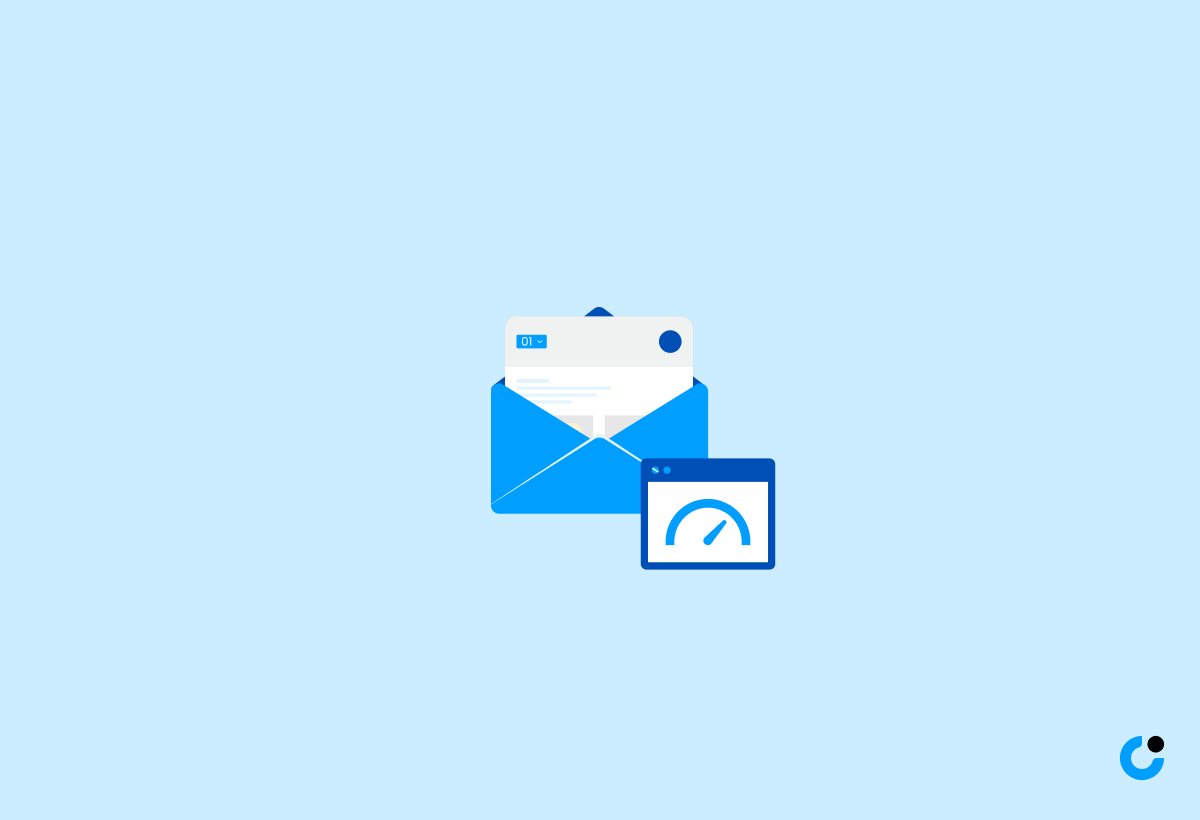In the ever-changing landscape of sales and marketing, a well-crafted cold email template has proven to be an invaluable tool for reaching potential customers. As the world becomes more connected, it’s crucial to stand out in the inbox of your prospects. This blog post will provide you with actionable insights and best practices to optimize your cold email template in 2025, ensuring maximum response rates and success in your outreach efforts.
Key Takeaways
- Cold email templates are a powerful tool to streamline the sales process and increase B2B outreach success.
- Personalization, relevance, and clear call-to-actions can maximize response rates.
- Best practices such as targeting the right prospects, personalizing emails & providing value should be adopted for successful cold email campaigns.
Understanding the Power of Cold Email Templates

Streamlining the sales process and enhancing the effectiveness of your outreach campaigns is made easier with the use of cold email templates. They serve as a foundation for creating individualized, relevant messages that appeal to potential customers in cold email campaigns. By mastering the art of cold emailing, you can improve your chances of success in the sales process, especially when crafting a compelling cold sales email using a well-designed cold sales email template.
Well-crafted templates enable sales teams to save time, maintain consistency, and boost response rates. The right cold email template can make all the difference in achieving success in your B2B email outreach.
The Role of Cold Email Templates
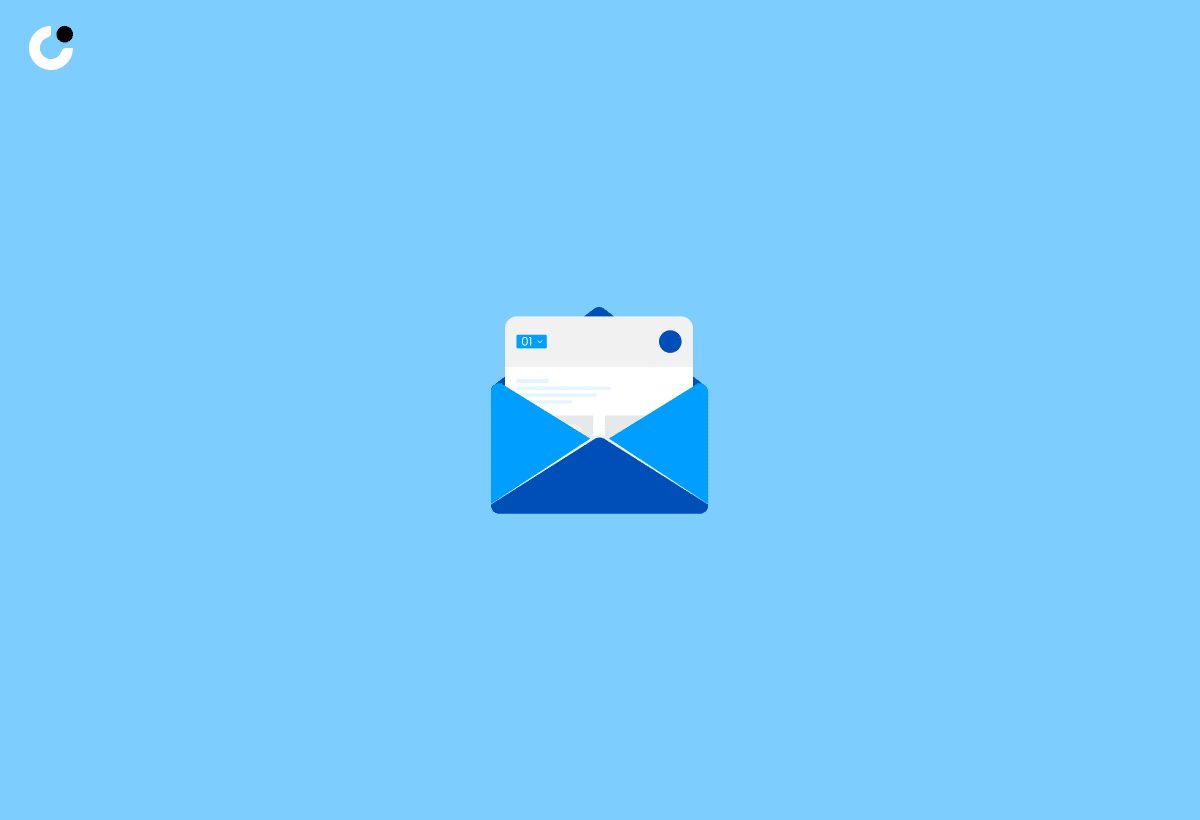
Cold email templates are designed to provide a starting point for crafting personalized, targeted messages that resonate with prospects. Personalization in cold email templates is essential for sales teams as it helps to build a rapport with the recipient and make the message more pertinent. Examples of personalization include addressing an employee by name, integrating personalized elements based on a type of prospect, and incorporating personalized elements in the email.
A vital aspect of the sales process is measuring and optimizing cold email performance. Success of your cold email outreach campaign can be maximized by tracking key metrics, conducting A/B testing, and adapting your strategy accordingly. By focusing on personalization, relevance, and a clear call-to-action, you can create cold email templates that effectively engage your target audience.
Key Components of Effective Cold Email Templates
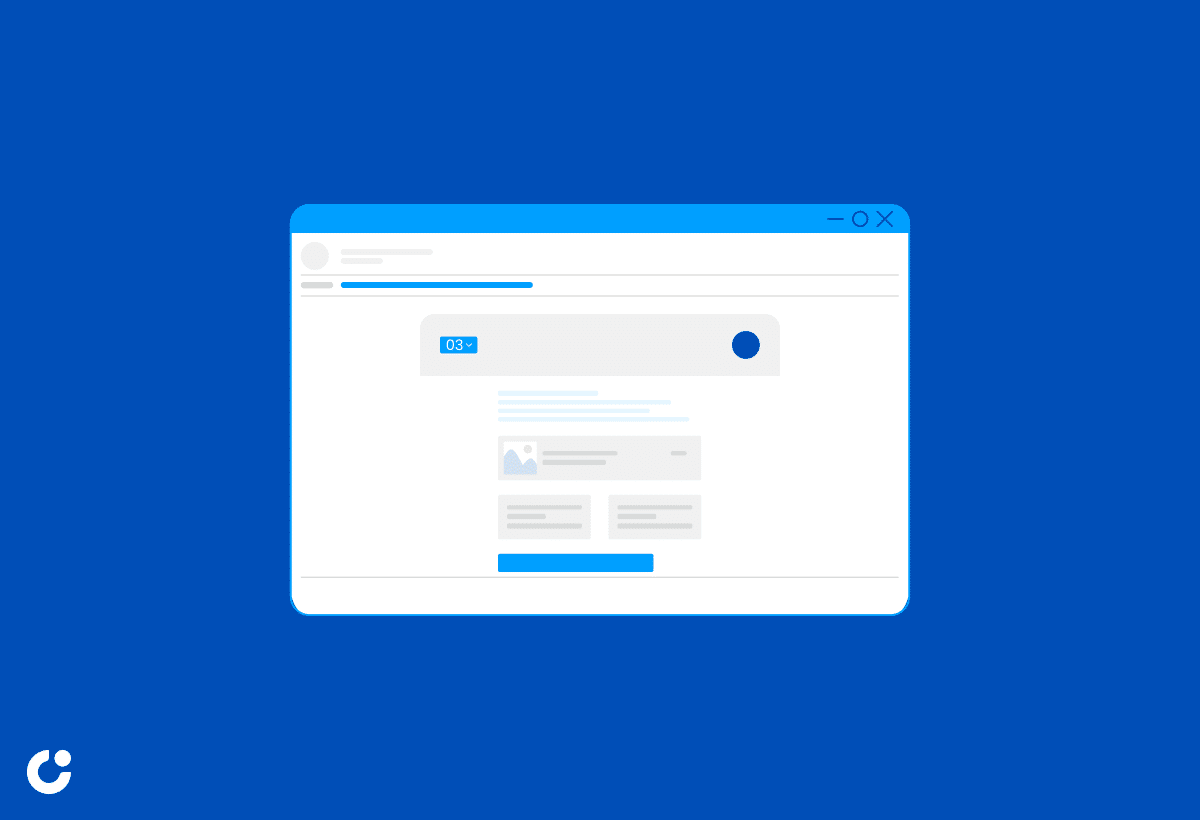
Effective cold email templates must include personalization, relevance, and a distinct call-to-action. Personalization in cold emails is essential to ensure the message is pertinent and captivating for the recipient. It helps build trust and credibility with prospects, ultimately increasing the chances of a positive response.
One way to add personalization is by addressing the recipient by their first name, company, or industry. This not only makes the email more engaging but also demonstrates that you’ve done your research and genuinely care about their needs.
Guiding the prospect to the next steps, whether that’s scheduling a call, downloading a resource, or simply replying to your email, is made easier by incorporating a clear call-to-action. A well-crafted call-to-action can significantly improve the success of your cold email outreach.
Crafting the Perfect Cold Email Subject Line
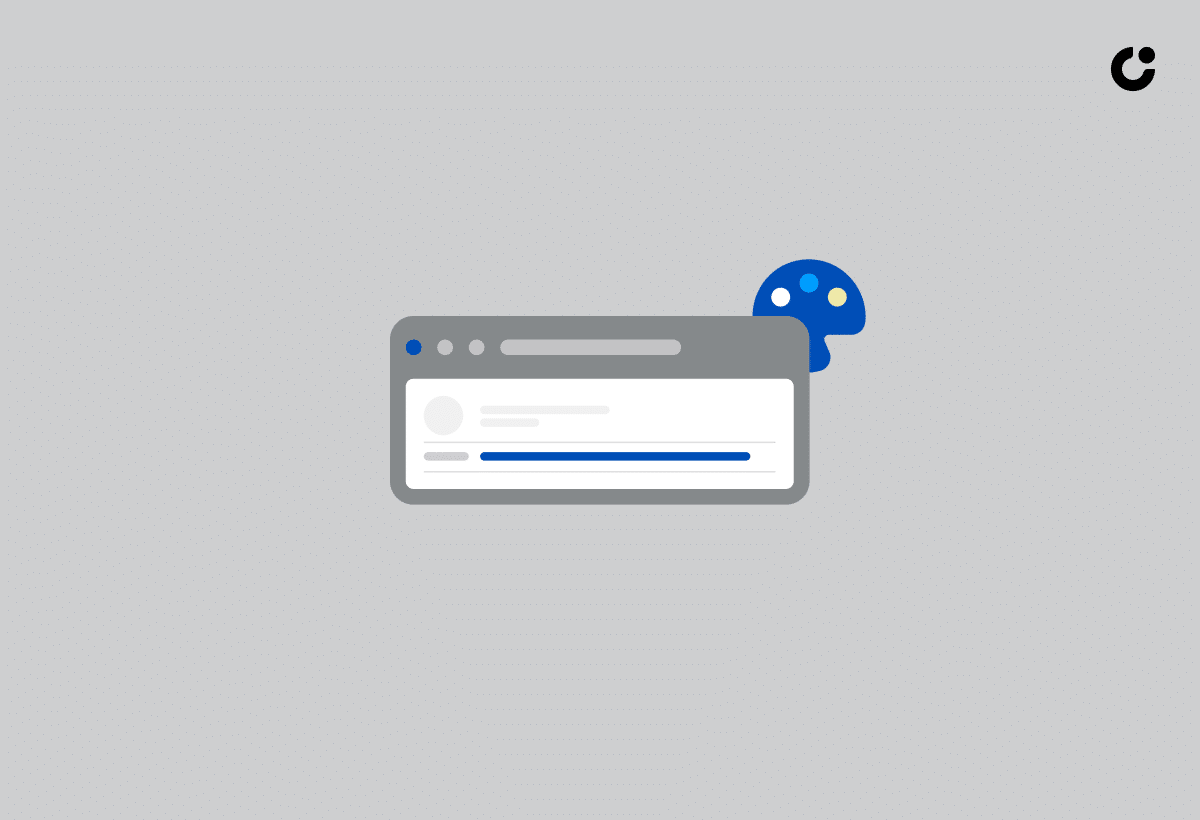
The subject line is the most critical element of any cold email. A compelling subject line can make the difference between your email being opened or ignored.
Focusing on personalization techniques and creating curiosity will help you craft the perfect subject line.
Personalization Techniques

Employing the recipient’s first name, company, or industry in the subject line can make it more relevant and engaging. By addressing the right person by their first name in the subject line or email body, you can demonstrate genuineness and increase the chances of a positive response.
Referencing a mutual connection or a recent event related to the recipient’s company is another effective way to personalize your emails. This can create a sense of familiarity and trust, ultimately improving the effectiveness of your cold email outreach.
Creating Curiosity
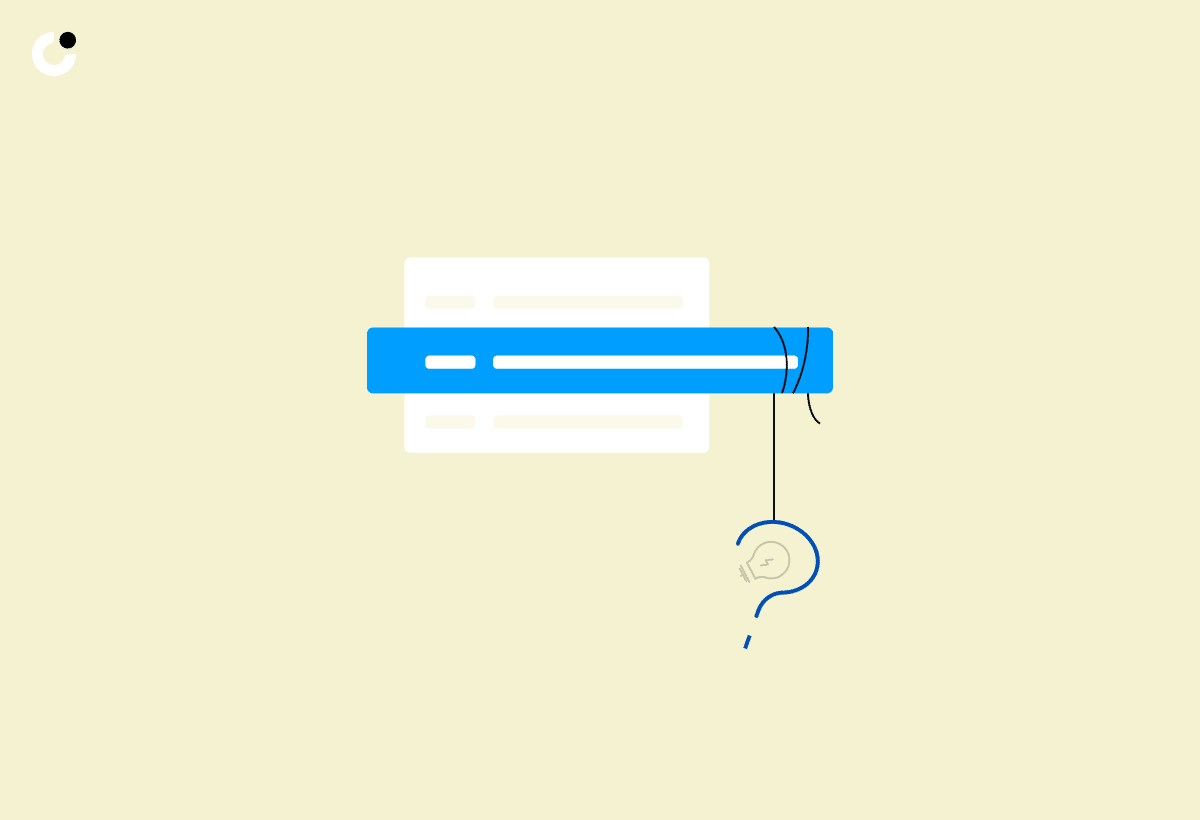
To entice recipients to open your email, create curiosity in the subject line. Including a question, making a bold declaration, or utilizing captivating language can be effective in creating intrigue. For example, a subject line like “Quick question about your company’s marketing strategy” can pique the interest of the recipient and encourage them to open the email.
Another way to create curiosity is by referencing a pain point the recipient might be experiencing. This shows that you understand their challenges and are offering a potential solution, which can encourage them to open and engage with your email.
5 Cold Email Templates for Different Sales Scenarios
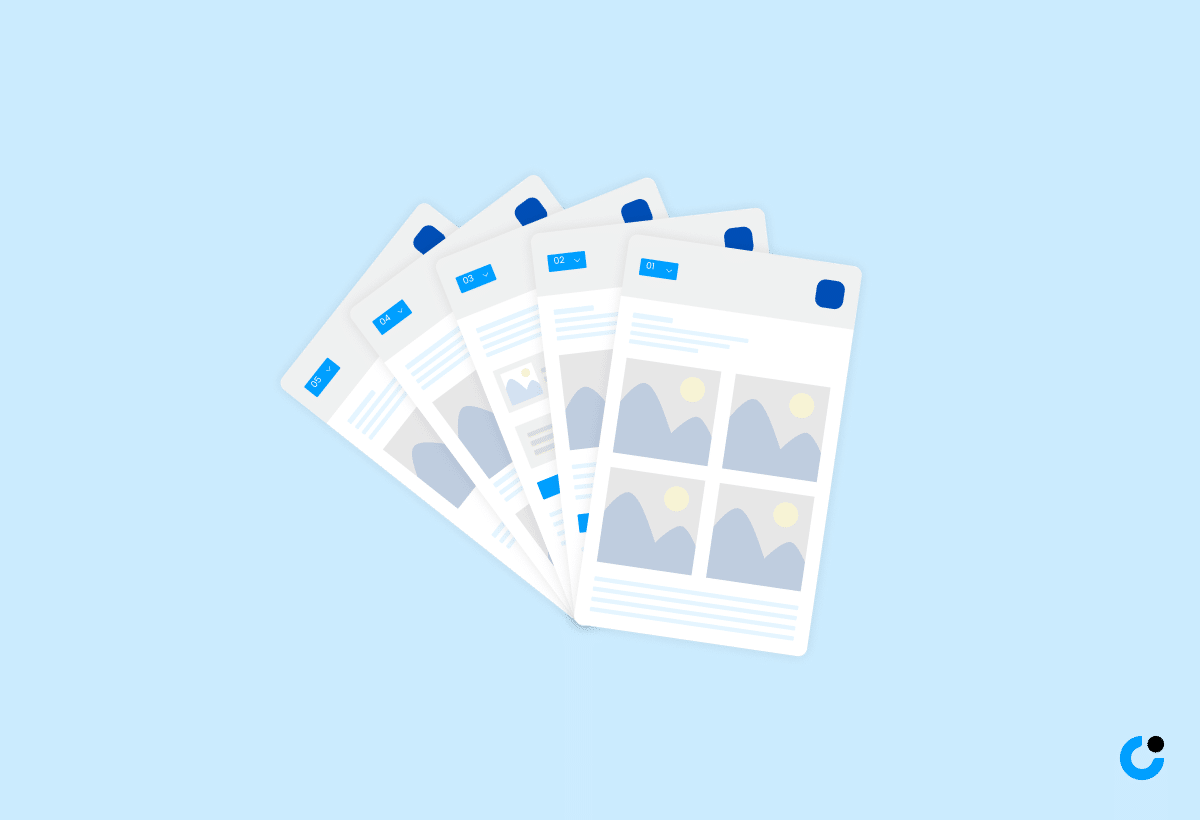
In the world of sales outreach, one size does not fit all. Having a variety of cold email templates at your disposal, each tailored to different sales scenarios, is essential to maximize your chances of success. In this blog post, we’ll discuss the importance of having multiple cold email templates and how they can improve your sales efforts.
From introducing your company to re-engaging dormant leads, these five cold email templates will provide you with the tools needed to engage prospects effectively.
Template for Introducing Your Company

The template for introducing your company name focuses on showcasing your unique value proposition and establishing credibility. This template should be composed in a conversational manner, avoiding jargon and sales cliches, while still providing the necessary information about your company and its offerings.
Key elements to include in an introduction email template are the sender and prospect’s basic information, a brief analysis of the prospect, and an offer to discuss further. By keeping the tone light and the information relevant, this template can help you make a strong first impression and open the door for further communication.
Template for Offering a Solution
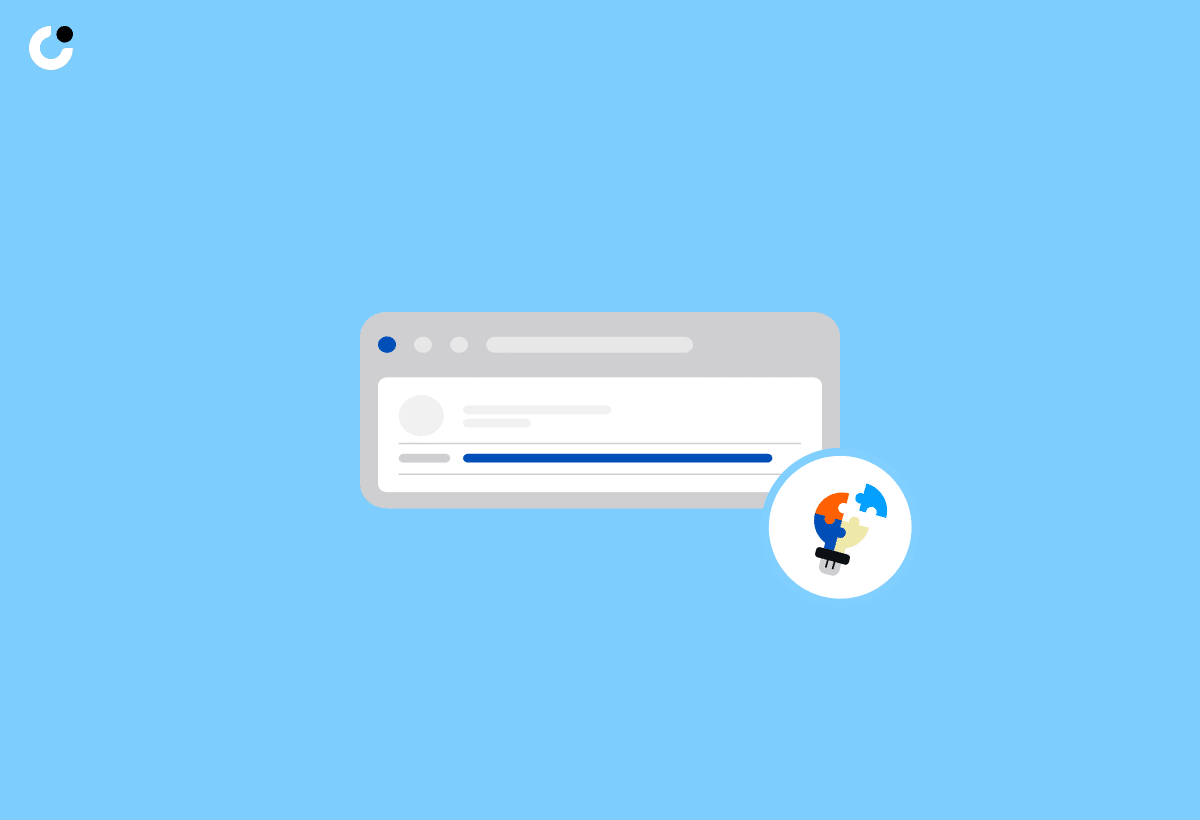
The template for offering a solution addresses a prospect’s pain point and demonstrates how your product or service can help. One example of such a template is the Before-After-Bridge (BAB) template, which outlines a prospect’s current situation, desired outcome, and how your product or service can provide a solution.
Another popular template is the Problem-Agitate-Solve (PAS) template, which identifies a prospect’s pain point, magnifies the associated pain, and provides a solution to alleviate the issue. These templates allow you to showcase the benefits of your offering and position your company as the solution to the prospect’s challenges.
Template for Requesting a Meeting
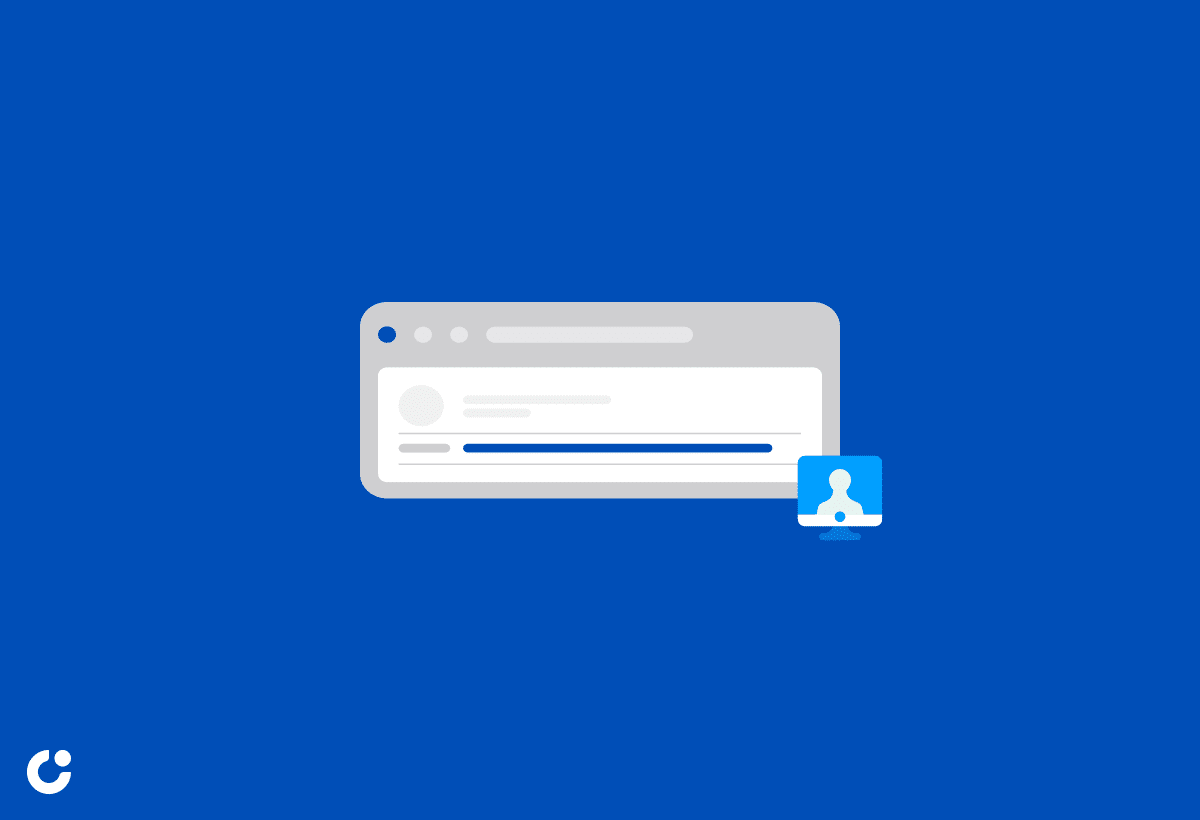
The template for requesting a meeting emphasizes the benefits of a conversation and provides a low-pressure call-to-action. In this template, you can include a concise statement of purpose and a direct call-to-action, such as requesting a call or scheduling a meeting.
Using tools like Calendly can make scheduling a meeting even easier for the prospect, eliminating the need for back-and-forth communication and streamlining the process. By making it simple and straightforward for the prospect to take action, this template can increase the likelihood of securing a meeting.
Template for Following Up
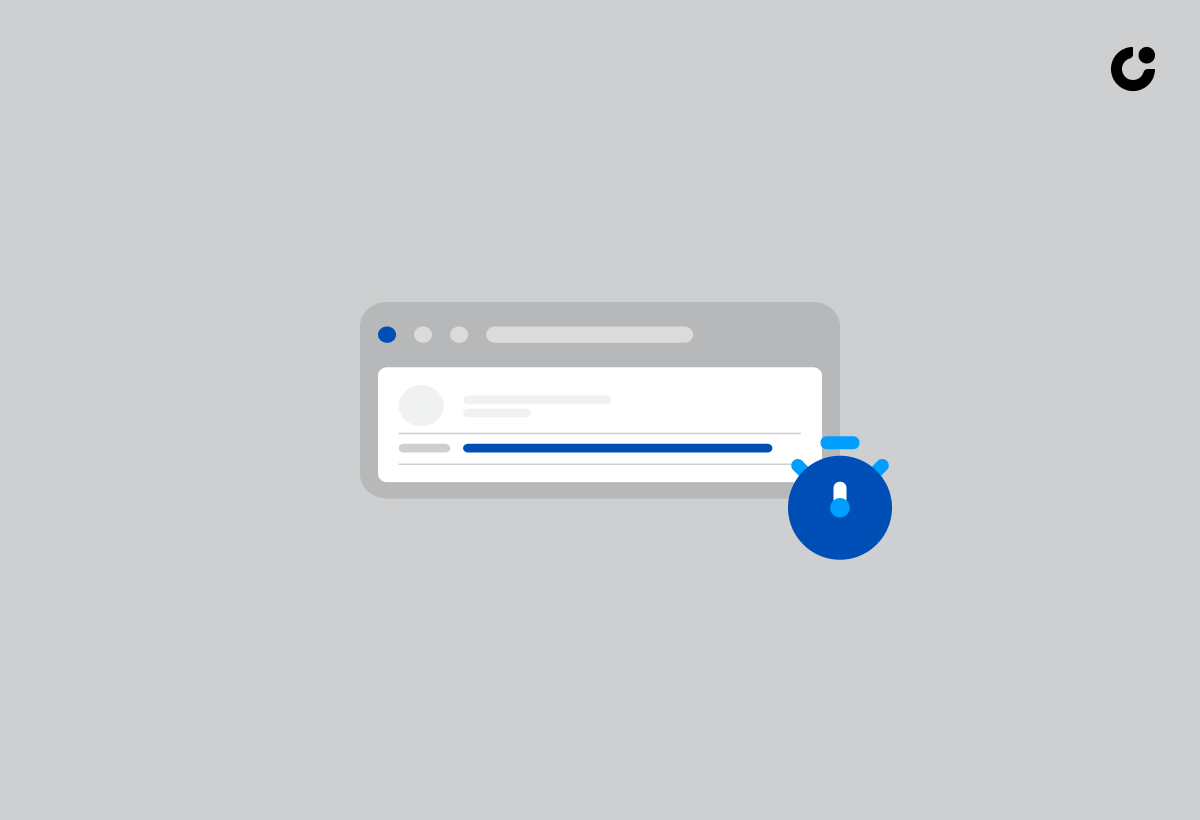
Following up is a crucial part of the sales process, and having a template for following up can help remind prospects of your previous communication and reiterate the value you can provide. In this template, it’s important to personalize the message, acknowledging the previous communication and referencing any relevant details from the initial email.
An effective follow-up email should include a clear call-to-action, whether it’s to schedule a call, provide feedback, or simply reply to the email. By combining personalization with a compelling call-to-action, this template can help ensure that your outreach efforts don’t fall by the wayside.
Template for Re-Engaging Dormant Prospects
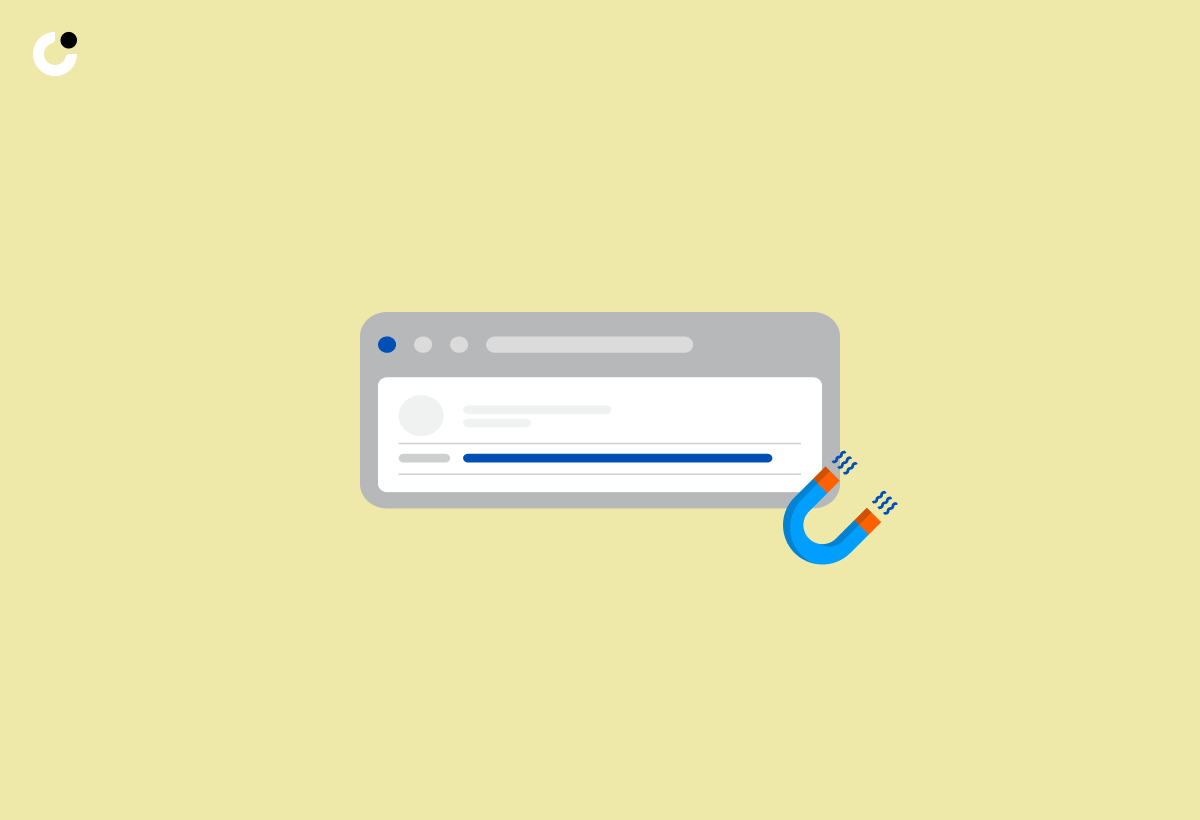
Re-engaging dormant prospects can be a challenge, but using a fresh approach can reignite interest and open a new line of communication. In this template, you can acknowledge the prospect’s recent event or announcement and offer a solution that could be beneficial to them.
The key to a successful re-engagement template lies in offering genuine value and sparking curiosity in the prospect. By doing so, you can rekindle their interest and establish a new dialogue that could lead to potential business opportunities.
Best Practices for Cold Email Outreach
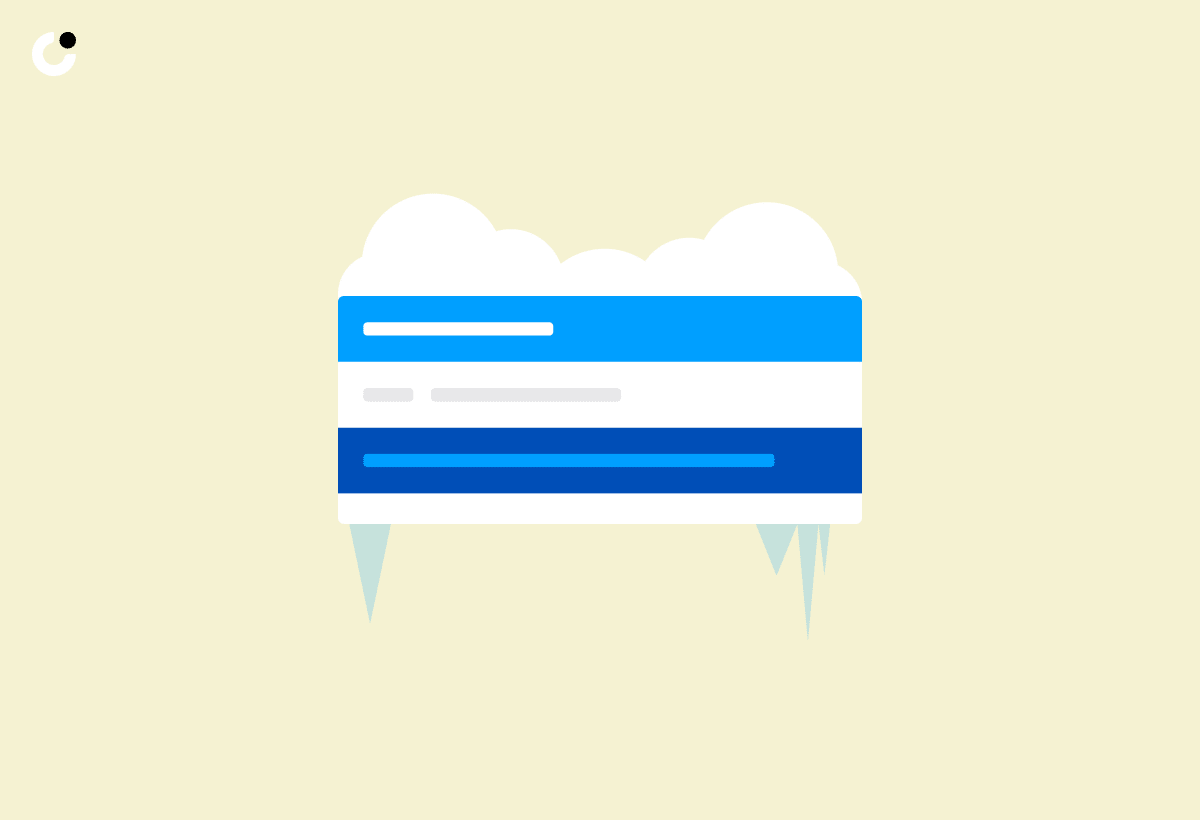
Following best practices, which include targeting the right prospects, personalizing your emails, and providing value, is essential to maximize the success of your cold email outreach.
By adhering to these guidelines, you can ensure that your outreach efforts resonate with your target audience and yield the desired results.
Targeting the Right Prospects

For maximizing the success of your marketing and sales efforts, it’s vital to identify and target the right prospects. To accurately identify the appropriate prospects, it is advised to:
- Research industry trends
- Utilize customer data
- Apply customer segmentation
- Take into account customer feedback and reviews.
By focusing on quality over quantity, you can make better use of sales technology and resources, ultimately increasing your chances of engaging with potential customers who are most likely to benefit from your product or service. With a dedicated sales team, this approach becomes even more effective.
You can check out some of our dedicated cold email templates below:
Personalizing Your Emails
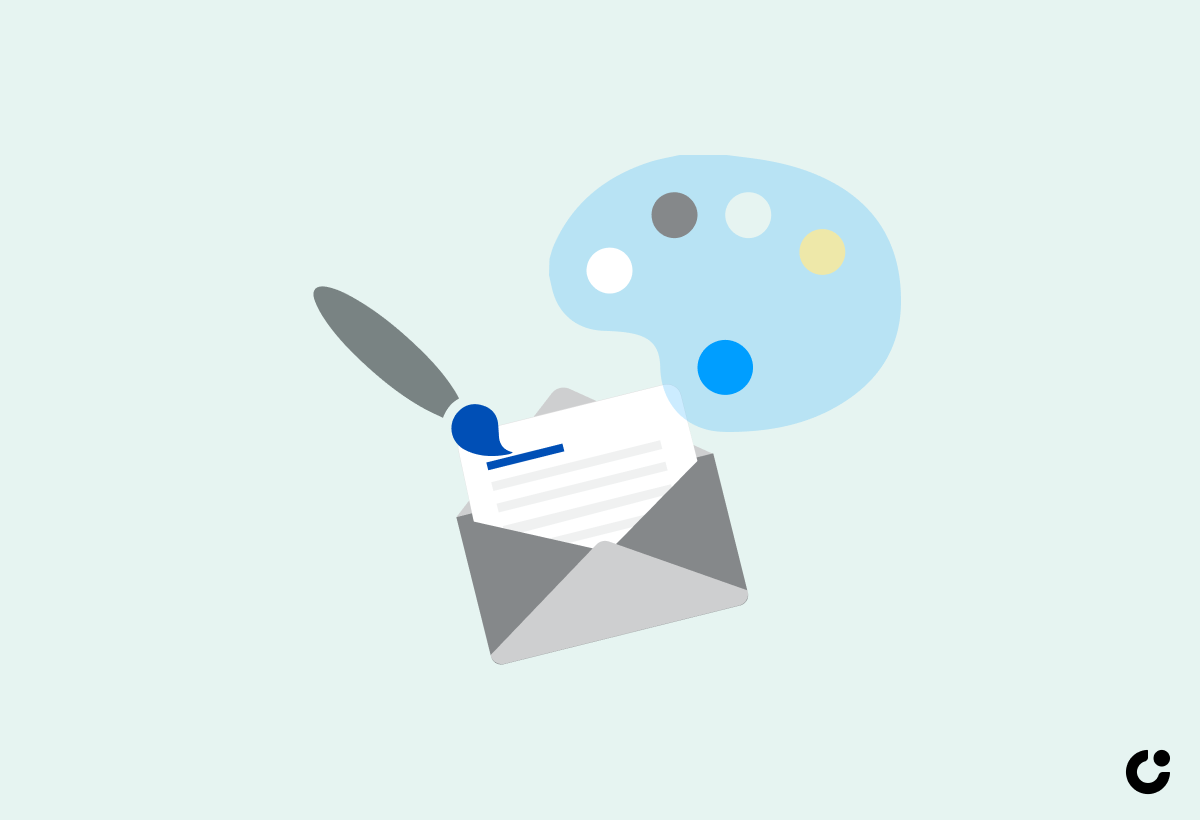
Tailoring the message to the recipient’s specific needs and interests is a part of personalizing your emails, which goes beyond just using their name. By incorporating the recipient’s name, company, or industry, you can create a sense of familiarity and trust, ultimately improving the effectiveness of your cold email outreach.
Additionally, personalizing your emails can help differentiate your messages from competitors, increasing the likelihood of a response.
Providing Value

Building trust and credibility with your audience calls for providing value in your cold emails. Offering something of value, such as information, a solution to a problem, or a valuable product or service, demonstrates that you are committed to meeting the needs and wants of your customers. This can lead to increased customer loyalty, repeat business, and positive word-of-mouth recommendations.
By incorporating helpful resources, sharing relevant insights, or addressing a prospect’s pain points in your cold emails, you can demonstrate your commitment to providing value and meeting their needs. This approach not only positions you as an expert in your industry but also differentiates you from your competitors.
Measuring and Optimizing Cold Email Performance
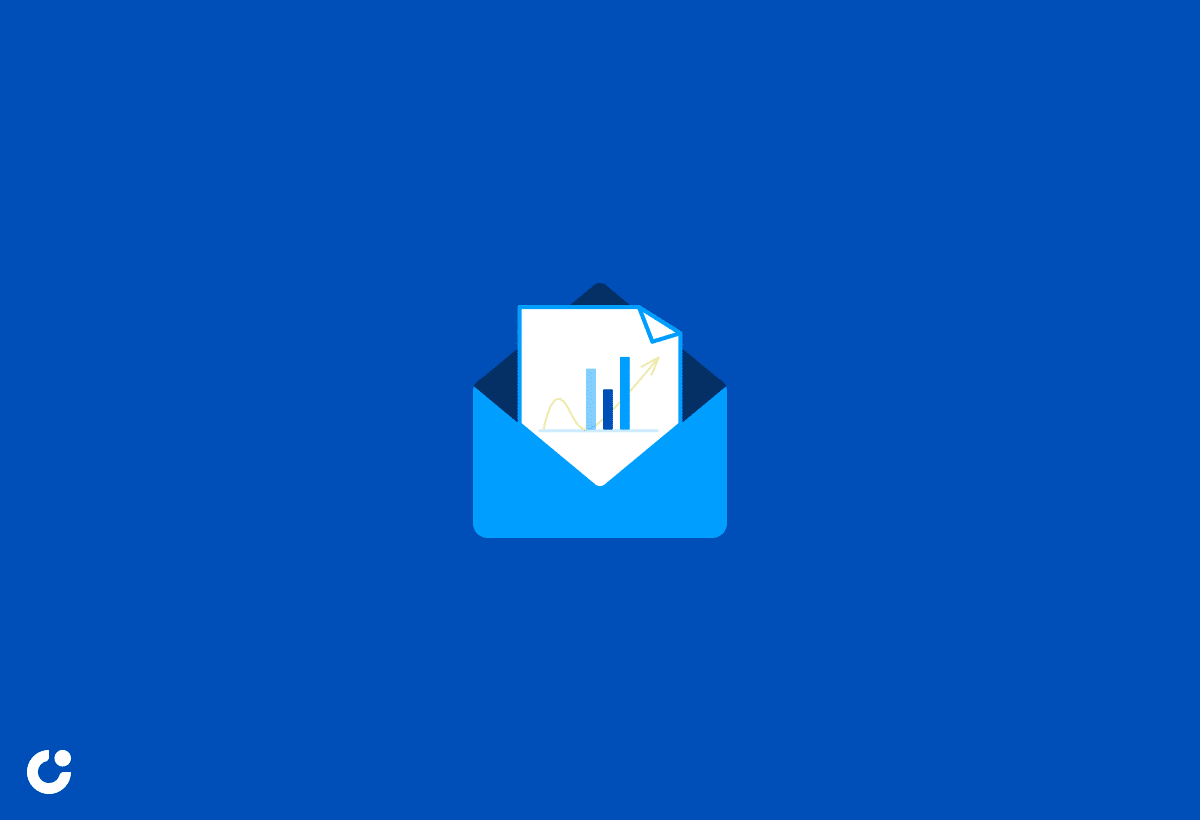
Measuring and optimizing the performance of your cold email campaigns is essential to ensure their success. This involves tracking key metrics, conducting A/B testing, and adapting your strategy based on the results.
By continually refining your approach, you can maximize response rates and improve the overall effectiveness of your cold email outreach.
Tracking Key Metrics

The effectiveness of your cold email campaigns can be gauged by tracking key metrics such as open rates, click-through rates, and response rates. Monitoring these metrics allows you to identify areas for improvement, enabling you to make data-driven decisions and optimize your outreach efforts.
In addition to the primary metrics mentioned above, it’s also important to track metrics like delivery rate, bounce rate, and opt-out rate. By keeping a close eye on these metrics, you can ensure that your emails are reaching the right inboxes and resonating with your target audience.
A/B Testing

You can identify what resonates best with your target audience by A/B testing different elements of your cold emails, such as subject lines and calls-to-action. By comparing two versions of an email and analyzing their performance, you can make informed decisions about which elements are most effective and incorporate those findings into your ongoing campaigns.
To conduct a successful A/B test, it’s important to test one element at a time, assess the results over an extended period, and analyze the data across multiple platforms. By doing so, you can identify trends and patterns, allowing you to continually refine your cold email strategy.
Adapting Your Strategy

You can continuously improve your cold email outreach and maximize response rates by adapting your strategy based on the insights gained from tracking and testing. By evaluating the outcomes of A/B testing, you can modify your cold email strategy to enhance response rates and ensure that your outreach efforts remain effective over time.
As the world of sales and marketing continues to evolve, it’s essential to stay agile and adapt your strategies to meet the changing needs of your target audience. By staying on top of industry trends and best practices, you can ensure that your cold email outreach remains successful in 2025 and beyond.
Summary
In conclusion, optimizing your cold email templates for maximum response rates in 2025 involves understanding the power of cold email templates, crafting the perfect subject lines, utilizing a variety of templates for different sales scenarios, following best practices for cold email outreach, and measuring and optimizing your performance through tracking key metrics and A/B testing. By applying these principles and continually refining your approach, you can maximize your cold email outreach success and convert more prospects into loyal customers.
Frequently Asked Questions
How do you write a cold email?
To write a successful cold email, start by researching the person or company you are reaching out to. Use a friendly, personalized tone and keep the email short, concise and easy to read. Avoid including images, links, spammy words and sending the same message repeatedly. Follow up if necessary.
What is cold email example?
Cold email example is an email sent to a person or organization without an existing relationship, such as introducing yourself and your product or service and the value it would provide. It could also be a message to an influencer asking for feedback on an article.
Are cold emails illegal?
Cold emails are not illegal, but compliance with regulations and local laws should be observed when sending out emails. There is a risk associated with cold emails that may damage a business's reputation or lead to unsubscribing from future communication.
Should I use a template for cold email?
Using a template as a starting point for cold email outreach can help to streamline the process while avoiding an entirely templated approach, while still retaining the benefits of personalized emails.
What is the purpose of cold email templates?
Cold email templates provide a foundation for personalized messages that help engage potential customers in cold email campaigns.

